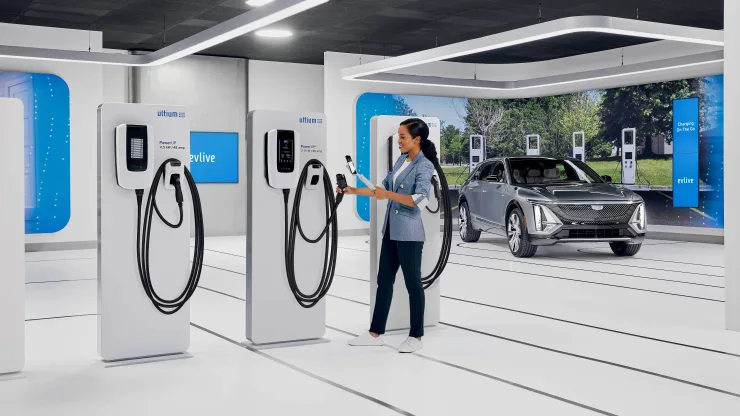Purchasing a vehicle has never been easier, but shoppers entering dealer showrooms now face an alphabet soup of “electrified” vehicle options. As all-electric vehicle (EV) adoption slowly increases in the U.S., automakers are releasing various hybrid models as alternatives to traditional gas-powered engines. This expanded range offers more choices but also brings complexity for consumers, especially those returning to the market after years of supply chain shortages and high used vehicle prices.
“More choice in the marketplace is good for consumers, but only if they understand the differences,” said Paul Waatti, director of industry analysis at AutoPacific. “There needs to be more clarity on what the terms and acronyms actually mean, and what the potential benefits and drawbacks are.”
Today’s car shoppers can choose from traditional internal combustion engine (ICE) vehicles, mild-hybrid electric vehicles (MHEVs), hybrid electric vehicles (HEVs), plug-in hybrid electric vehicles (PHEVs), fuel cell electric vehicles (FCEVs), and battery-electric vehicles (BEVs). Later this year, Stellantis will introduce range-extended electric vehicles (REEVs), similar to PHEVs but functioning exclusively as EVs with electric motors powered by a gas engine.
Each vehicle type caters to different customer needs. All except EVs and fuel-cell vehicles combine an internal combustion engine with electrified technologies for improved performance or fuel economy. Heather Seymour of Florida chose a 2022 Jeep Wrangler Rubicon PHEV after extensive research. “I wanted to dip my toe in the hybrids. I wasn’t ready to go full electric, so the plug-in was of interest,” she said.
Automakers’ inconsistent naming conventions add to the confusion. Hyundai’s Genesis brand calls its all-electric vehicles “electrified,” a term many reserve for hybrids. Chrysler’s Pacifica minivan is a plug-in hybrid labeled as a regular “hybrid,” and Toyota markets some hybrids as “hybrid EVs.” Stellantis insists its REEVs are not PHEVs, despite similar operations.
“Every automaker is using different terms. There’s no standardization, and that causes some confusion on the consumer side,” Waatti said. Automakers like GM also use traditional names, such as Chevrolet Blazer and Equinox, for new EVs sharing only the name with their gas-powered versions.
Education is crucial for both consumers and dealerships. Kia, for instance, offers myth-busting pages online, while GM’s “EV Live” platform allows real-time interaction with EV specialists. Ford recently launched a video-based training program for its U.S. dealers to enhance customer service and sales.
According to Cox Automotive, 96% of potential car buyers could be persuaded to consider an EV sooner with better knowledge of EV ownership. This was true for Seymour and Kevin Storimans of Canada, who leased a Jeep Wrangler 4xe PHEV as a step towards full EV ownership. Storimans highlighted the importance of research, noting the abundance of information and misinformation about PHEVs and EVs.
Consumers spend more time researching EVs than traditional vehicles, with most having a specific model in mind before visiting a dealership. “Education is critical. It’s about awareness, education, and engagement for consumers,” said Stephanie Valdez Streaty, Cox Automotive’s director of industry insights.
READ MORE:
